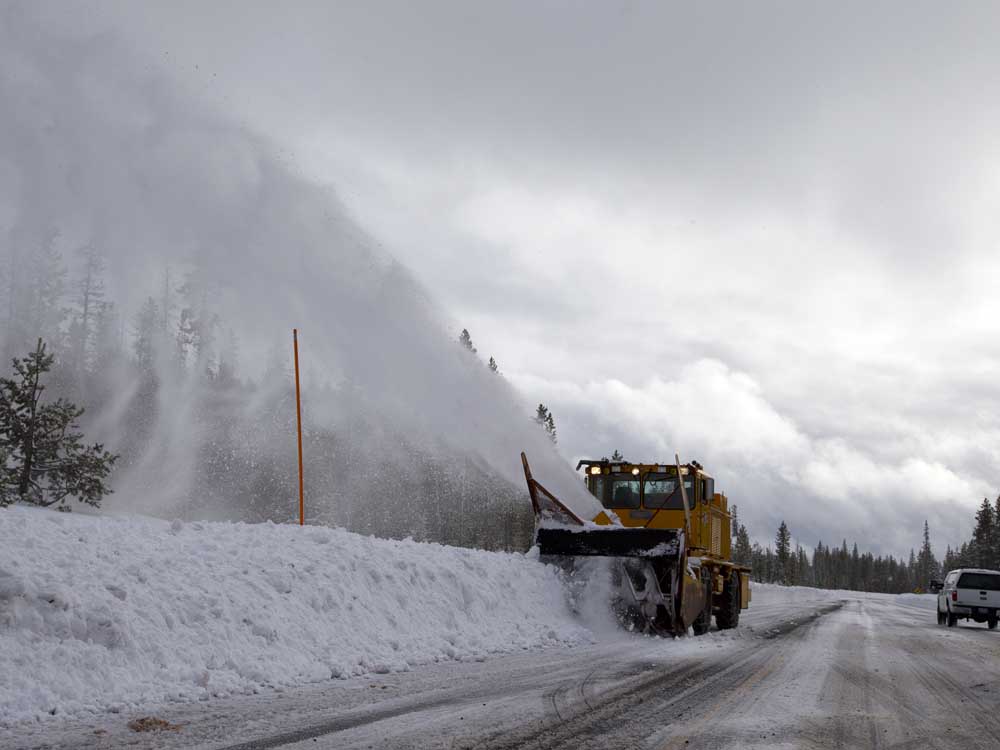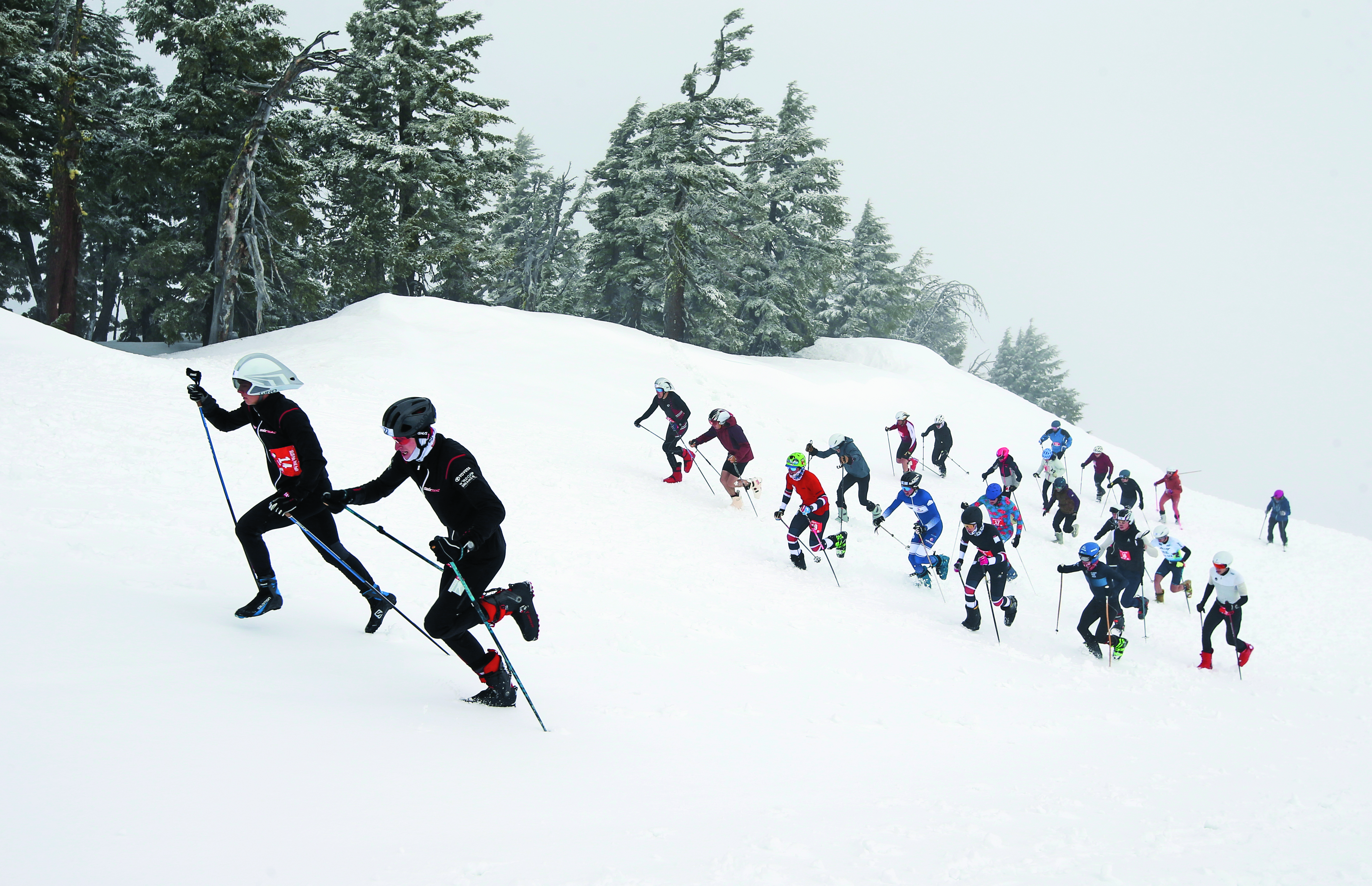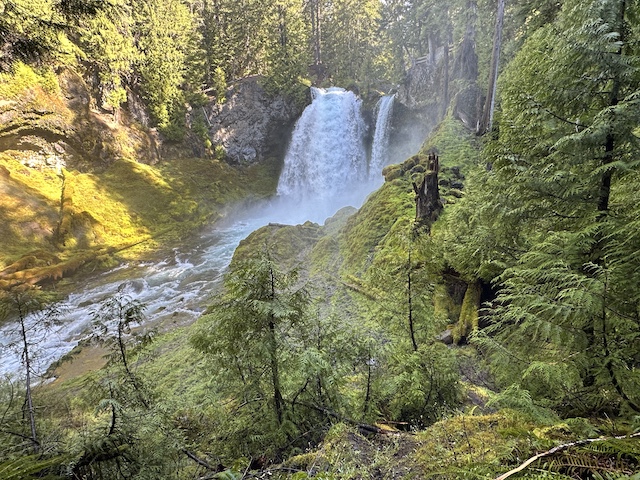Central Oregon greenhouses
Published 11:07 am Tuesday, April 20, 2010
My tomato plants and I had bonded, and it was only my first attempt at gardening in Central Oregon. The tomato plant variety had been thoroughly researched, the soil around them was carefully composted, fertilized and watered, and I watched the weather carefully. At the slightest hint of a cold night, the plants were covered.
And my care had been rewarded with what promised to be a bumper crop. It was mid-August, and hot, and each plant had close to a bushel of fruit on it. It was so hot one weekend, my family decided to go camping for a few days in the cooler High Lakes area.
Longtime Central Oregonians saw the rest of the story coming in the last paragraph. The night we were gone, the nighttime temperature plunged below freezing. The frost killed the tomatoes, and with them, my will to garden. I haven’t cared about growing tomatoes since.
If you intend to effectively garden in Central Oregon, you may want to consider buying a kit greenhouse. Our region has hundreds of microclimates, plus wildly fluctuating temperatures. It can be 80 degrees in the daytime and freeze that night. Frost is possible 12 months a year.
A greenhouse can help you adapt to these gardening challenges, and will typically extend your growing season by several months. It can serve as a place to start seeds in the spring, and grow lettuce, tomatoes and greens into the fall.
Deciding which model will work best for you depends on where it will be located, how involved you intend to be and the budget. Greenhouse kits range in size from portable, tiny seed-starters to complete buildings with automatic venting and heating. Prices range from under $50 to more than $4,000 for a complete building. Custom greenhouse prices are only limited by the depth of your pockets.
Greenhouse types
There are two broad categories of greenhouse: free-standing and home-attached, or lean-to.
Free-standing greenhouses are the most common, and include traditional peaked and curved-eave (or curved-roof) free-standing structures. Their square or rectangular shape provides maximum growing space.
Home-attached, or lean-to greenhouses, are designed to attach directly to your house or any existing external wall, provided there is enough height to accommodate the peak.
Then, the decision is between using glass or polycarbonate, a type of plastic. Glass is a favorite, because it allows plants to be visible from the outside and allows plenty of natural light in. Polycarbonate has insulating features that can cut heating costs.
Once these basic decisions have been made, it’s time to go shopping.
Most people aren’t sure of what they want in a greenhouse, says Gary English, of Landsystems Nursery in Bend. But there is an increased interest in greenhouses, he added, possibly because more people are considering growing their own food.
The most basic greenhouse approach is to cover raised beds with plastic sheeting, supported by bent or bowed PVC pipe or rebar, an approach known as a hoop frame. Such a structure can work well, and most gardeners could build it themselves.
But there are inherent problems, English said.
“Standard contractor’s plastic will be damaged by ultraviolet rays and deteriorate rapidly,” he said. “The constant sunshine and high winds will cause the plastic to degenerate into small pieces within about one season.”
One solution to that problem is to use greenhouse plastic, English said, which is UV-resistant and thicker than most contractor-grade plastic. In some instances, he says, the greenhouse plastic has lasted up to five or six years in this area.
Venting
Surprisingly, English said, excess heat inside a greenhouse is more of a problem than keeping the plants warm.
“People are usually concerned about plants freezing, but it is easy for them to get overheated,” English said. “The area’s intense sunshine, combined with the high altitude here, means it can get very hot inside, very quickly.”
Plants shut down when it gets much over 90 degrees, he said, and some cold-weather plants could die.
All kit greenhouses have ventilation systems, he added, and some of the higher-priced models have heat-activated venting.
“It’s also important to have shade cloth, which cuts down on the sunshine, that you can put over the greenhouse,” English said.
Once the greenhouse is chosen and correctly placed, you can start planting, and the benefits can be reaped almost immediately.
“You can have a continuous supply of radishes, broccoli, chard, spinach, cabbage and vegetables for several months,” says Cindy Jeffers, of Landsystems. “You could be growing lettuce right now.”






